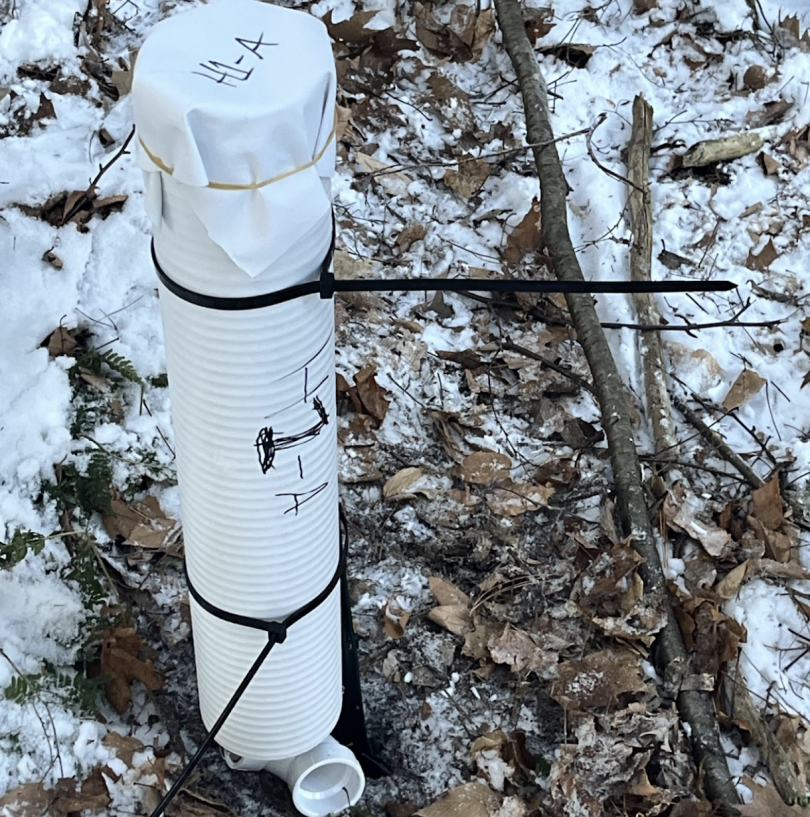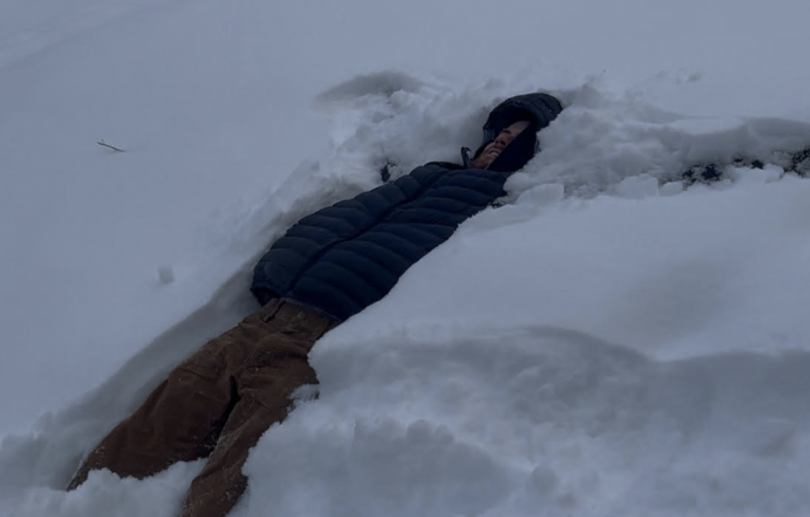
Walking in a Winter Ecology Wonderland
Winter is a term that most people spend cozy and indoors. My winter quarter, however, was full of amazing outdoor experiences, mostly through one of my classes! This winter term, I had the chance to participate in a brand new class, BIOL 061 End of Winter: Winter Ecology, and it turned out to be maybe my single favorite academic experience I've had at Dartmouth.

As a Biology major with a concentration in Ecology, this class was right up my alley. Not only did we cover lots of general ecological concepts and statistics relating to biological research, but we also delved deep specifically into how life adapts to and overcomes the incredible challenges of a winter climate.
In class, we participated in lectures on various topics: antifreeze generation in fish, the ability of frogs to freeze solid in the mud, how different climatic conditions impact the formation of a snowpack, and much, much more. But the most exciting piece was the outdoor research.
Because, along with all of the in-class content, we were also working on a massive project the whole term. It started week one with planning, continued week two with the installation of devices at our field sites, and monitoring went on throughout the term until we cleared everything during week 8. We had the opportunity to create our very own ecological study of winter!
We were divided into groups, each investigating a specific topic. My group was called "Small Mammals", and we focused our research on the presence of small mammals living below the snowpack, such as mice, voles, and shrews. We built intricate hair traps to (gently and safely) pick up hairs from small mammals under the snow. Then, we baited each trap with peanut butter to make it extra appealing and installed 36 of them in Pine Park, an amazing natural area on Dartmouth's campus.

Over the course of the term, my teammates and I would head out into the deep snow twice a week and check all the traps for evidence of small mammals. Although it usually required several layers, a couple of hand warmers, and a good attitude, I was very excited to have something to get me out into the beautiful winter environment.

At the end of the term, we came together with the whole class and shared the data we collected throughout the term. Then, we each created our own study using the available data and created a final poster detailing our findings.
Instead of a sit-down final, we had a symposium! Everyone put up their posters in the Life Sciences Center, and we walked around, checking out each other's work.

During the winter, you can easily find yourself wanting to stay in the warmth of your dorm or the library, so I was grateful to be forced to head outside and see all the wonderful things a Hanover winter holds. This class got me super excited about the other upper-level Biology classes I'm planning on taking in my next few terms, and I can't wait to continue my journey into ecology.


















